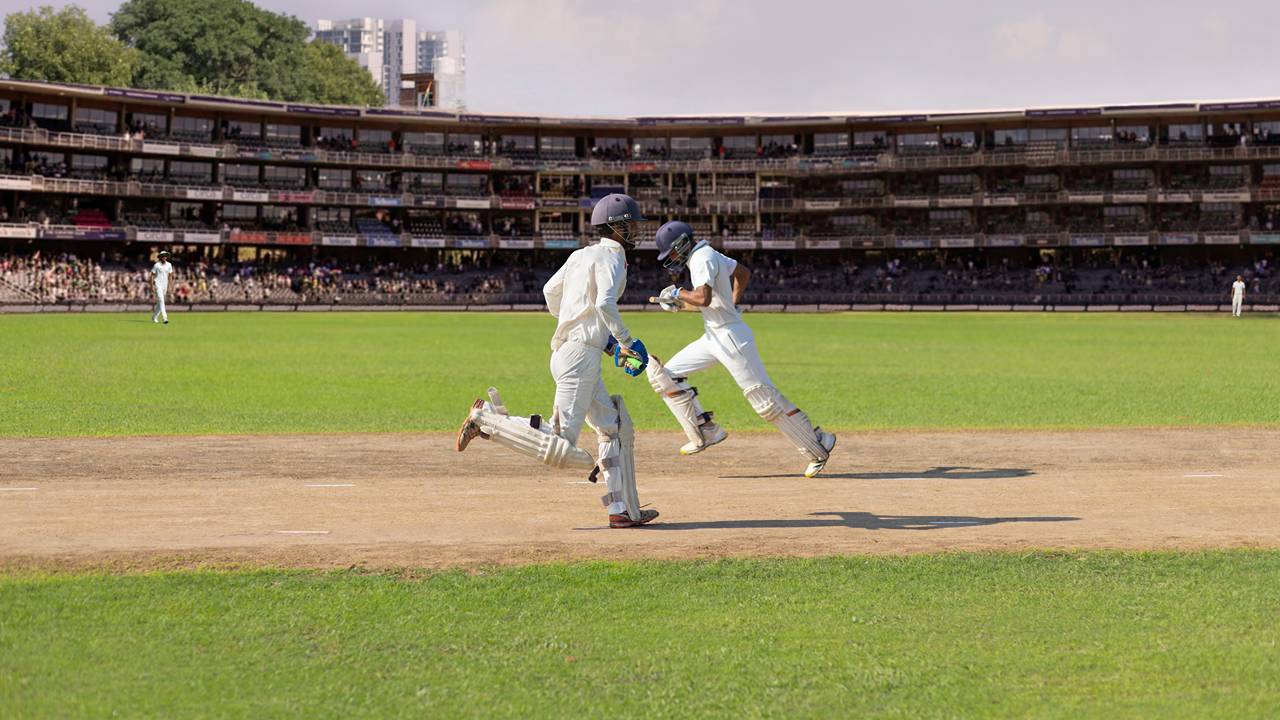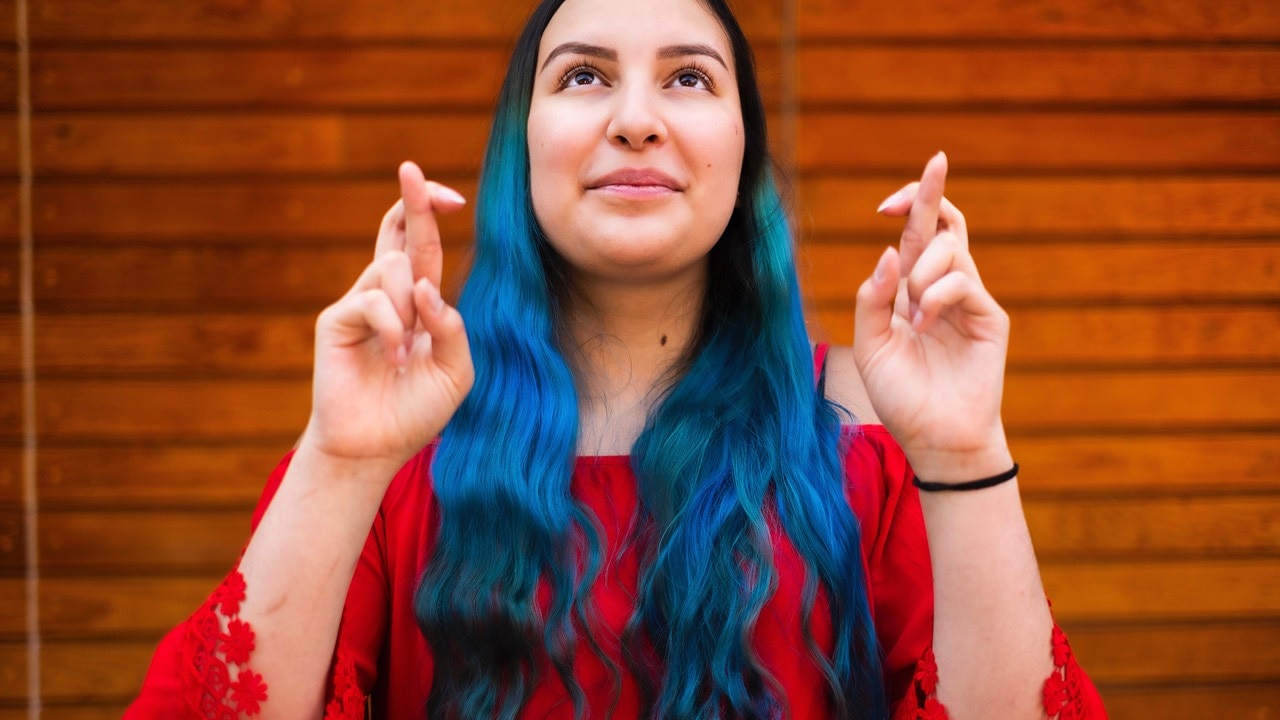Bio Curious: Phone autism test strives to make diagnosis quicker and more blinkin’ simple
Blinklab expects rapid US approval for its phone-based autism test, which can detect the condition within minutes.

Stockhead
Don't miss out on the headlines from Stockhead. Followed categories will be added to My News.
Blinklab plans to launch a 500-patient US trial of its autism detection device by the end of the year
Autism detection and treatment is estimated to be a US$700 billion market
Blinklab also has ADHD in its sights
Bio Curious is renowned healthcare and biotech journalist Tim Boreham’s weekly deep dive into the complex, challenging and often inspiring world of medtech innovation on the ASX.
Blinklab executive director Anton Uvarov admits that the company’s smartphone-based diagnosis test for the early onset of autism is not new – but the delivery mechanism is.
“The message is we haven’t invented anything,” he says.
“This is a test (clinicians) are familiar with. All we have done is put it on a smartphone for ease of use.”
Still, Blinklab hopes the utility of smartphone delivery will be enough for the algorithm-based tool to capture a sizeable share of the market for autism and – later – the even larger indication of attention deficit hyperactivity disorder (ADHD).
Autism affects about 4% of children, with the incidence fairly uniform across western countries. Autism is estimated to be a US$700 billion-a-year market, with the average cost of diagnosis in the US put at US$1000 to US$5000 per patient.
The cost of the ongoing treatment and care can exceed US$1 million per person – a burden reflected in the burgeoning cost of Australia’s National Disability Insurance Scheme.
Startling detection-time aim
In commercial development, Blinklab uses the so-called ‘acoustic startle’ reflex tests that have been around for 50 years.
In essence, the kids watch an enjoyable video and every so often they are surprised with a sound through their headphones.
Neurotypical and autistic kids will blink – or not blink – at different times. The test also takes facial responses into account.
The current startle test – which is accompanied by a questionnaire – requires considerable hardware and takes a lot of time to diagnose.
At its core, Blinklab’s charter is to enable primary healthcare providers – predominantly GPs – to detect likely autism within five to 10 minutes.
Currently, the results have to be referred to a specialist and a response can take one to two months.
Most autism diagnoses are made when the child is around seven years old, although typically older for girls who are better at masking the symptoms such as difficult social interactions.
Earlier diagnosis and intervention mean better management of the condition, such as drug administration.
“We are not going to replace whatever they use in the practice, but it is a quick tool to speed up referral,” Uvarov says. “There is a massive unmet need for a quick diagnostic aid.”
Global goals
As is with most device makers Blinklab is eyeing initial approval in the US, which has the biggest addressable market and established insurance reimbursement, via a 510k (predicate device) application.
The US is attractive because the same data can be used to support approvals in other geographies.
To support the application, Blinklab plans to recruit 500 patients for a trial – not a hard ask given the extent of the disorder.
In Europe, the company last week engaged with the Dutch autism centre Inter-Spy to carry out a separate trial to support both US and European approval.
In July, the company struck a separate research and clinical partnership with the Dutch based Mental Care Group, Europe’s third biggest outpatient provider of its ilk, to build on an initial ADHD study.
The 184-patient trial showed that children with ADHD had “significantly heightened sensory sensitivity” which could be objectively quantified with the Blinklab app.
Strong numbers
Blinklab’s underlying tech was developed at Princeton University and Erasmus Medical Centre in The Netherlands and then acquired by the newly incorporated Blinklab in November 2021.
Blinklab listed in April after raising $7 million at 20 cents apiece (the shares currently trade at 24 cents and were as high as 41 cents).
To date, Blinklab has been trialled on around 6,000 subjects, globally, across more than 30 clinical institutes, special schools and large healthcare providers.
Results to date suggest a specificity – the ability to rule out the disorder – of 84%. Sensitivity – the ability to confirm autism – was about 85%.
This compares with specificity of 19% and sensitivity of 52% for a rival phone-based test called Cognoa (which does not have real-time application).
While GPs are expected to be the main earlier users, the company is targeting key autism centres such as Princeton University, Colombia University and the Turning Pointe Autism Foundation.
“These are the opinion leaders in the field and you want them to be comfortable with the product and champion it,” Uvarov says
“GPs are not going to use something that has no validation.”
As of the end of June, Blinklab held $6 million – enough to last two years and cover the cost of the study.
The company hopes to start the US trial by the end of 2024 and complete it by the end of 2025. If all goes well the test will be commercially available in 2026.
Blink and you might miss it
As far as Blinklab’s listed life goes, it could be a case of ‘blink and you will miss it’ as chairman Brain Leedman says the company deliberately has been set up to be acquired.
The Perth-based bio-entrepreneur has form in that regard: he founded the respiratory telehealth play Resmed, which was acquired by Pfizer for $200 million in late 2022.
At Stockhead, we tell it like it is. While Blinklab is a Stockhead advertiser, it did not sponsor this article.
Originally published as Bio Curious: Phone autism test strives to make diagnosis quicker and more blinkin’ simple



